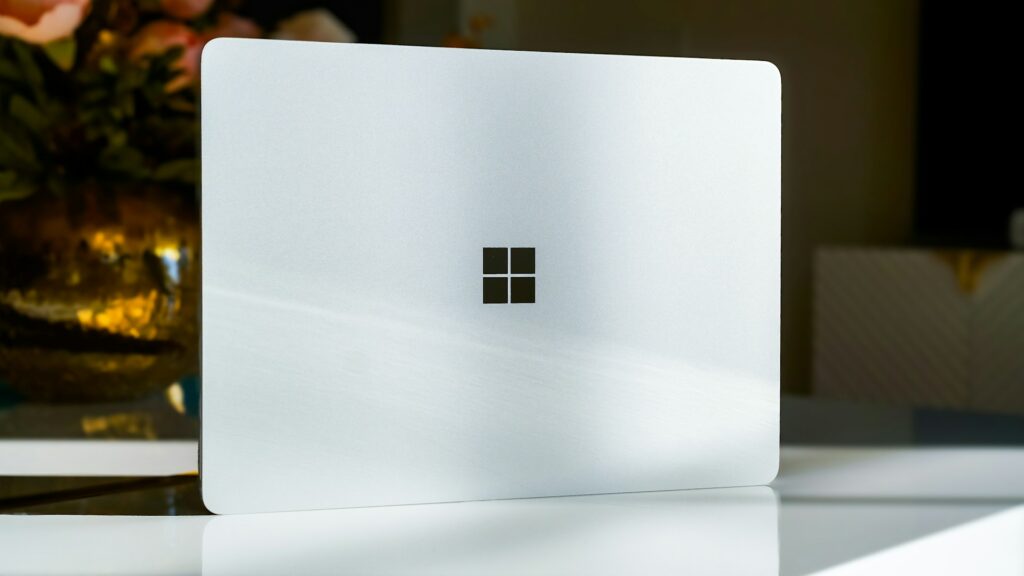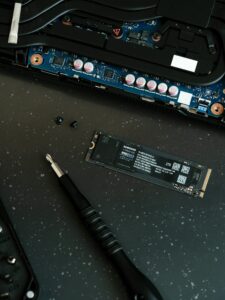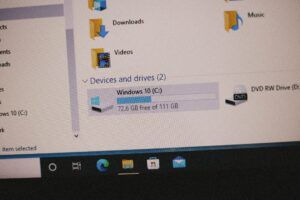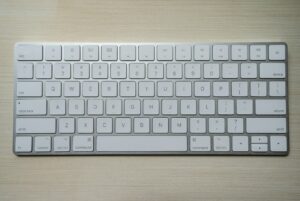BitLocker for Windows: What Does It Mean and Should You Enable It?

BitLocker for Windows: What Does It Mean and Should You Enable It?
One of the most significant issues for those who use contemporary personal computers is the protection of their data. There is always the possibility of unauthorized access being gained, regardless of whether you use a desktop computer that keeps important information or a laptop that you carry about with you on a regular basis. BitLocker is a built-in feature of Windows that was developed by Microsoft to safeguard your data by encrypting it. This ensures that your information will continue to be safe even if your device is lost or stolen. On the other hand, a significant number of Windows users are uncertain about whether or not they should activate it.
What Exactly Is BitLocker?
BitLocker is a full-disk encryption solution that is offered by Microsoft. It is compatible with the Professional, Enterprise, and Education versions of Windows 10, as well as the Professional and Enterprise editions of Windows 11. Without the appropriate authentication, the data on the drive is rendered illegible since it encrypts the whole drive.
When BitLocker is on, it stores encryption keys in a safe manner by using the Trusted Platform Module (TPM) chip that is present on your machine (if it is applicable). Furthermore, this indicates that even if someone were to remove your hard disk and attach it to another machine, they would still be unable to access the data on the drive.
The Operation of BitLocker
The encryption procedure is carried out by BitLocker, which encrypts the whole disk bit by bit.
- Authentication: When the system boots up, it checks for secure circumstances (such as a password, a public key, a password, or a USB key).
- Access Granted — Windows will decrypt data on the fly after the appropriate authentication has been granted.
- Files continue to be encrypted and unavailable if authentication is not performed. This provides protection against theft.
The requirements for BitLocker
If you want to make optimal use of BitLocker, your system has to fulfill the following requirements:
- The Home version of Windows is not included in the Pro, Enterprise, or Education editions.
- A TPM 1.2 or later chip is required for the management of encryption keys automatically.
- It is suggested that Secure Boot be used for BIOS/UEFI support.
- In order to ensure that there is sufficient space, Windows typically creates at least two partitions during the installation process.
- When a USB startup key or password is required, it is still possible to activate BitLocker even if a TPM is not present; however, this method is less convenient.
Using BitLocker Provides Numerous Benefits
The activation of BitLocker provides a number of advantages:
- Even if someone were to get your hard disk, they would not be able to access your data. This is a kind of data security against theft.
- Integration that is seamless — Works natively in Windows without the need for additional applications.
- AES 128-bit or 256-bit encryption is used for the purpose of providing robust security via strong encryption.
- BitLocker regulations may be enforced across businesses using remote management, which allows IT administrators to do so.
- Unlocking automatically for trusted drives – It is possible to automatically unlock secondary drives while the system drive is already unlocked.
The Possibile Shortcomings
There are a few drawbacks to BitLocker that should be taken into consideration, despite its power:
- Windows Home does not support this feature. This feature requires a Pro edition or higher.
- A modern central processing unit (CPU) is able to handle encryption well, although older personal computers may have modest slowdowns.
- Management of recovery keys – If you forget your password and then lose your recovery key, your data will be unavailable for an indefinite period of time.
- Problems with compatibility — BitLocker may not be compatible with some dual-boot configurations or tools that are not Windows-based.
In order to activate BitLocker
If you want to activate BitLocker, the following actions should be taken:
- Launch the Control Panel, go to the System and Security section, and then choose BitLocker Drive Encryption.
- The BitLocker feature may be activated by locating your system disk, which is often C:.
- Pick your way of unlocking: a personal identification number (PIN), a password, or the USB starting key.
- Your BitLocker recovery key should be saved in a safe area, such as a paper copy, a USB drive, or a Microsoft account and password.
- You have the option of encrypting just the usable space on the disk (which is quicker) or the whole drive (which is more secure).
- Begin the process of encrypting the data. While encryption is running in the background, you are free to continue using your own computer.
When is the right time to activate BitLocker?
The following are the situations in which BitLocker is most often useful:
- Users of laptops: safeguards your data in the event that your device is misplaced or stolen.
- Protects important files from being compromised, which is useful for business and corporate customers.
- Environments that are shared or public: When physical access is available, this provides an additional layer of protection.
- Medical records, financial information, or client files are examples of users who have access to private data.
If You Could Consider Skipping BitLocker
If your personal computer is used just for casual home usage and does not contain any sensitive information, you may not need full-disk encryption. This is because your computer will never leave your desk and will only hold personal, non-sensitive data.
- When it comes to performance-limited systems, encryption may cause performance to be slowed down on extremely old hardware.
- Already using systems provided by other parties: It is possible that setting BitLocker is unnecessary if you are already using other encryption solutions, such as VeraCrypt.
Microsoft’s BitLocker is one of the most powerful safeguards that Windows offers against the theft of data. The majority of professionals, those who use laptops, and anybody who deals with important material should enable it. This is a prudent option. On the other hand, it is best used on systems where performance and compatibility are not a problem, and it requires careful management of recovery keys. You should consider activating BitLocker if your device is capable of doing so and you place a high priority on the privacy of your data.




